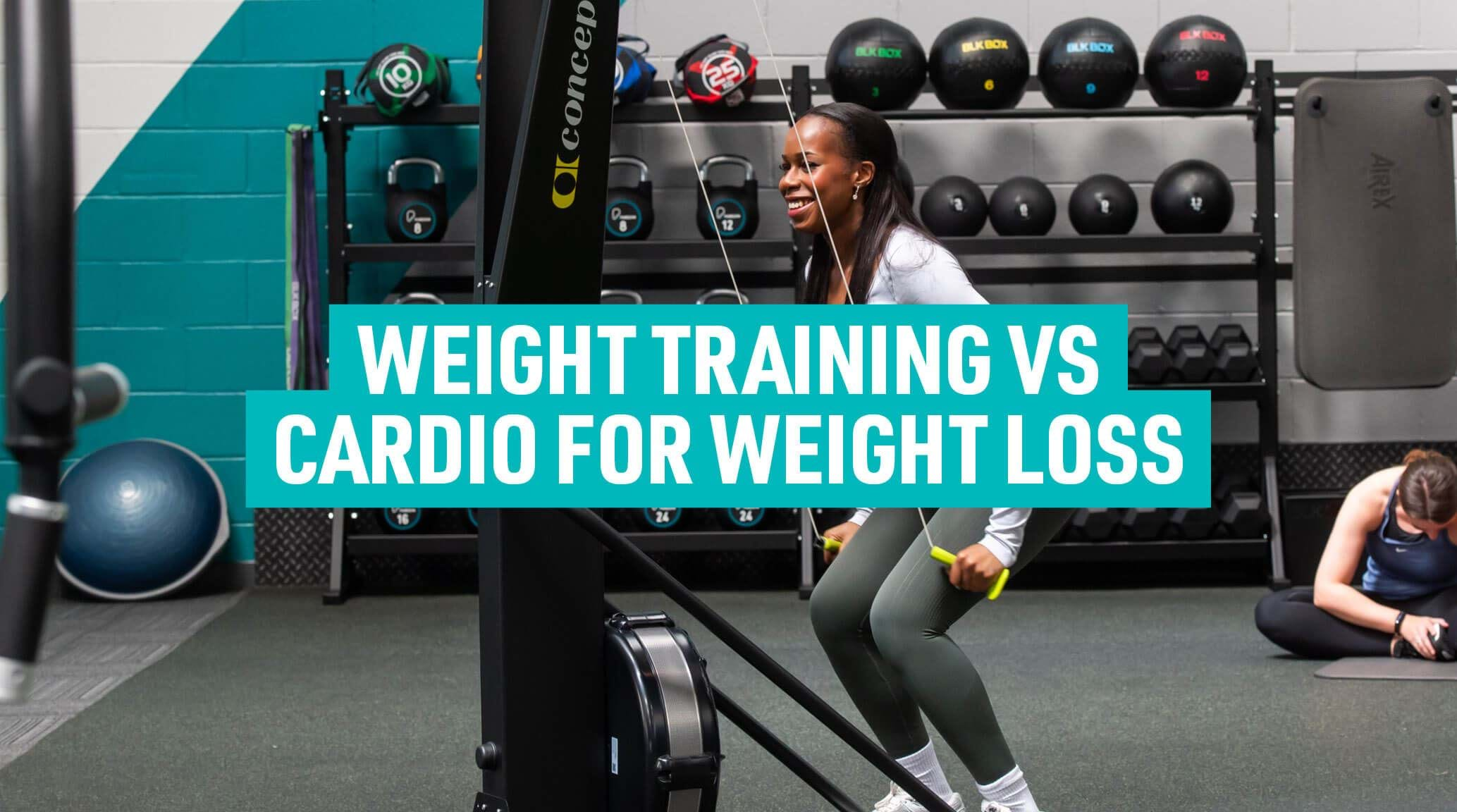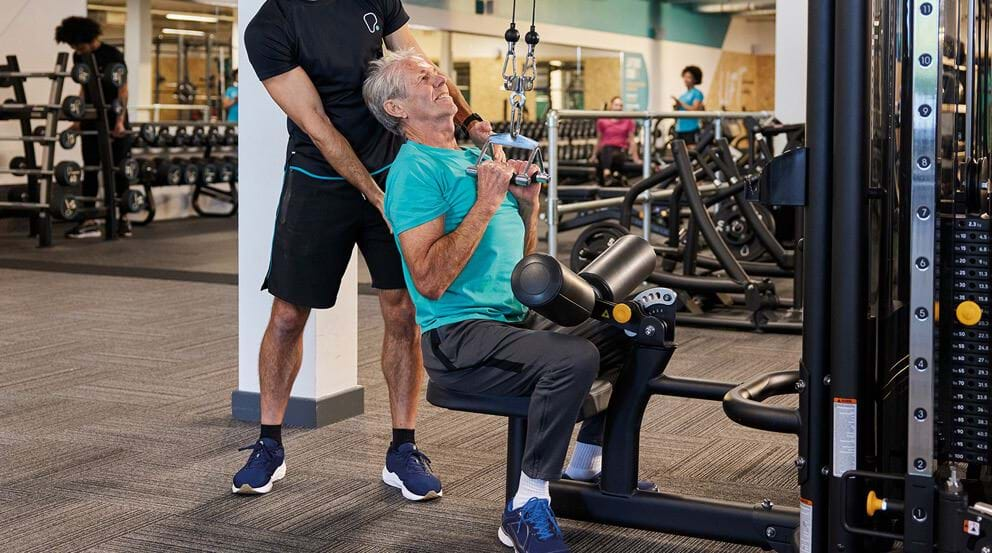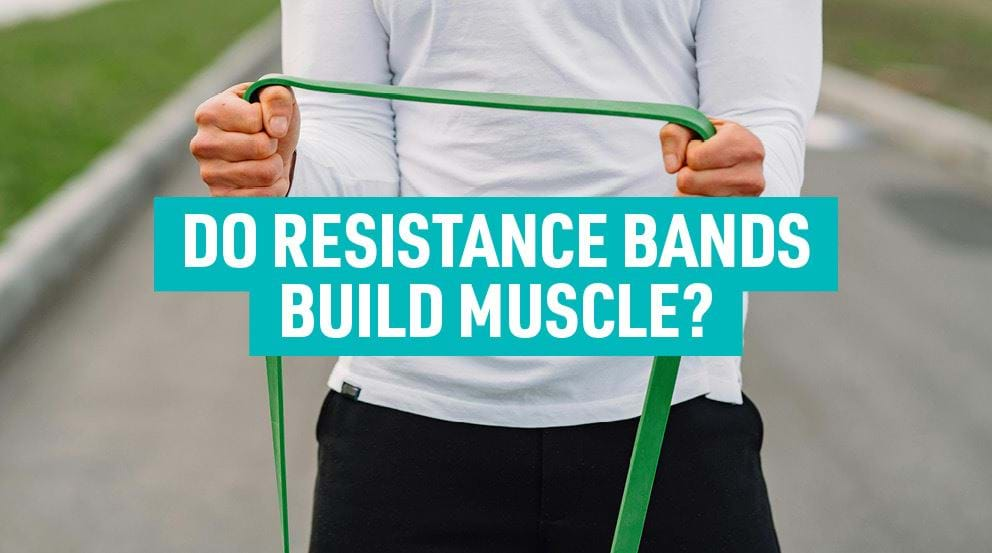Cardio Or Weights for Weight Loss: Which Type Of Exercise Is Better?

Cardio Or Weights For Weight Loss | Cardio Benefits | Weights Benefits | Combining Both | Cardio Before Or After | Example Workout Routine
To lose weight, you need to be in a calorie deficit, which means eating less calories than you burn each day. The most effective way to create a calorie deficit is through your diet -- it's challenging to create a consistent calorie deficit through exercise alone.
However, that's not to say exercise doesn't impact weight loss. Studies show that adults who exercise more than 200 minutes week lose more weight than adults who work out less, and are more likely to maintain this weight loss.
In this blog, we look at cardio or weights for weight loss, and how each type of exercise can impact your fat loss journey.
Is Cardio Or Weights Better For Fat Loss?
Like many things in life, there isn’t a black and white answer to if weightlifting or cardio is better for weight loss. Both cardio and weight training can help with weight loss, in different ways.
How Cardio Helps Weight Loss
Cardio workouts are great for burning calories which can help with sticking to a calorie deficit. If you struggle to consistently eat less calories than you burn, cardio workouts can help to increase your TDEE (total daily energy expenditure) so that you can increase the calories you eat, while remaining in a deficit.
As you lose weight and improve your fitness, you will burn less calories per workout than you have previously. This is one of the reasons why exercise is not recommended as the sole way to create a calorie deficit. Increasing the intensity of your cardio workouts can help to ensure you continue to burn calories, and increasing your NEAT (non exercise activity thermogenesis) and HIIT workouts can also help increase your TDEE.
How Weightlifting Can Help With Weight Loss
While weightlifting workouts do burn some calories, they are much less effective than cardio at burning calories. However, these workouts benefit weight loss in a different way.
When you lose weight without strength training, your body is more likely to use muscle rather than stored fat for energy, leading to a skinny fat composition with a low BMI but relatively high body fat and low muscle mass. This body composition is associated with health conditions like type 2 diabetes and high cholesterol, as well as issues associated with low muscle mass like low strength and bone density and increased risk of injury.
Lifting weights builds lean muscle tissue, which can increase your resting metabolism over time. It also prevents your body from burning muscle instead of fat to fuel your calorie deficit. While lifting weights may not directly contribute to weight loss, it can help to ensure the weight you lose is from fat.
When lifting weights in a calorie deficit, it's important to eat plenty of protein to rebuild muscle that is broken down during workouts. You also should avoid creating a calorie deficit that is too big as makes it more likely that you'll burn muscle as well as fat.
Cardio Or Weight Training For Fat Loss: Combining Both
Rather than choose to do either cardio or weights for fat loss, we recommend including both types of workouts throughout the week. This gives you the best of both worlds – more calories burned, and lean muscle built.
Whether your goal is to lose weight or not, the key to staying consistent with exercise is consistency. If you absolutely hate cardio, there’s no point scheduling in long cardio workouts every day as it’s unlikely you’ll stick with it long term.
There are plenty of different cardio exercises you can try, and lots of ways to train strength that isn’t weightlifting – if you really don’t enjoy one workout, try a few until you find something you enjoy.
Should You Do Cardio Before Or After Weights For Fat Loss
A common question people ask when combining both workouts is whether to do cardio before or after weight training for weight loss.
If you are combining both cardio and strength training in a single workout, the consensus is to do weight training first. Doing cardio first fatigues the muscles, making your weightlifting session less effective and putting you at a greater risk of injury.
If you struggle with cardio after strength training, you can try spreading these workouts across the week on different days.
Example Strength And Cardio Workout Routines For Weight Loss
When including cardio and weightlifting in a workout routine, aim for 2-3 workouts of each across the week for a total of 5-6 workouts. Including rest days helps your body to recover from workouts, which is especially important when in a calorie deficit.
Here's an example of a weekly workout routine that combines both cardio and strength training.
Monday: Full body weight training followed by 15 minutes on the cross trainer
Tuesday: 30 minutes run
Wednesday: Pilates class or full body strength training workout
Thursday: Rest
Friday: 30 minutes run or swim
Saturday: Upper or lower body strength workout (depending on your goal)
Sunday: Rest or gentle yoga class
Looking for more weight loss advice? Check out our weight loss hub here, or try out blogs on gym cutting workout plans and running for weight loss here.
Working with a Personal Trainer is a great way to stay accountable when reaching your fitness goals. Find local PTs at your nearest gym here.


